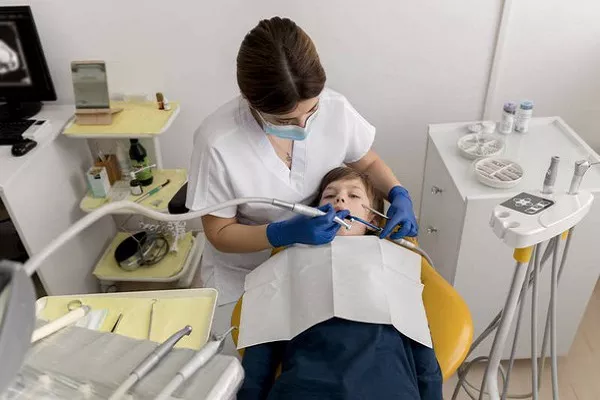What is Root Planing of Teeth: A Comprehensive Guide
Root planing, also known as deep cleaning, is a non-surgical dental procedure designed to treat gum disease. It involves removing plaque and tartar from the roots of teeth while smoothing rough areas to prevent further bacterial growth. In this article, we will discuss in detail what root planing of teeth is, how it works, who needs it, and what to expect before, during, and after the treatment.
What is Root Planing of Teeth?
Root planing of teeth is a procedure that involves the deep cleaning of teeth and gums to remove bacterial build-up from below the gum line. Gum disease, also known as periodontal disease, is caused by the accumulation of bacteria on the teeth and gums, leading to inflammation, bleeding, and eventual tooth loss. Root planing is an effective method for treating gum disease and preventing its progression.
How Does Root Planing of Teeth Work?
Root planing of teeth is a three-step process:
Step 1: Scaling
The first step of root planing is scaling. Scaling is the process of removing plaque and tartar from teeth above and below the gum line using specialized dental instruments, such as ultrasonic scalers and curettes. Scaling is performed to remove the hardened plaque and tartar that cannot be removed through regular brushing or flossing.
Step 2: Root Planing
The second step of root planing is root planing. Root planing involves the smoothing of rough areas on the roots of teeth to prevent further bacterial growth. The dentist or dental hygienist uses a specialized instrument called a curette to smooth the rough areas on the roots of teeth. This process helps to promote healing and reduce the risk of infection.
Step 3: Antibiotic Treatment
In some cases, the dentist may prescribe antibiotics to help control the infection and promote healing. Antibiotics are often prescribed when the gum disease is severe or has spread to other parts of the body.
Who Needs Root Planing of Teeth?
Root planing of teeth is recommended for patients with moderate to severe gum disease, also known as periodontitis. Common signs of gum disease include red, swollen, and bleeding gums, bad breath, and receding gums. Patients with a history of gum disease, smokers, and those with poor oral hygiene may also be recommended for root planing of teeth as a preventative measure.
Before recommending root planing of teeth, the dentist or periodontist will perform a thorough exam of the mouth, which may include X-rays, to determine the extent of the gum disease and any other underlying issues.
What to Expect Before, During, and After Root Planing of Teeth?
Before the Procedure
Before the procedure, the dentist or periodontist will perform a thorough exam of the mouth to determine the extent of the gum disease and any other underlying issues. They may also take X-rays to assess the severity of the condition.
During the Procedure
During the procedure, the dentist or dental hygienist will use specialized instruments to remove plaque and tartar from above and below the gum line. They will also smooth rough areas on the roots of teeth to prevent further bacterial growth. The procedure is usually done under local anesthesia to minimize discomfort.
After the Procedure
After the procedure, the patient may experience some discomfort, swelling, and bleeding for a few days. They should avoid hard or crunchy foods and maintain good oral hygiene practices, such as brushing twice a day and flossing daily, to promote healing and prevent the recurrence of gum disease. The patient will also need to schedule follow-up appointments to monitor their progress and ensure the gum disease does not return.
Conclusion
Root planing of teeth is a non-surgical dental procedure designed to treat gum disease by removing plaque and bacteria from the roots of teeth while smoothing rough areas to prevent further bacterial growth. It is typically recommended for patients with moderate to severe gum disease, and it may take multiple visits to complete. If you think you might need root planing or have any concerns about your oral health, talk to your dentist or periodontist for a thorough examination and personalized treatment plan.
Related Topics:
































